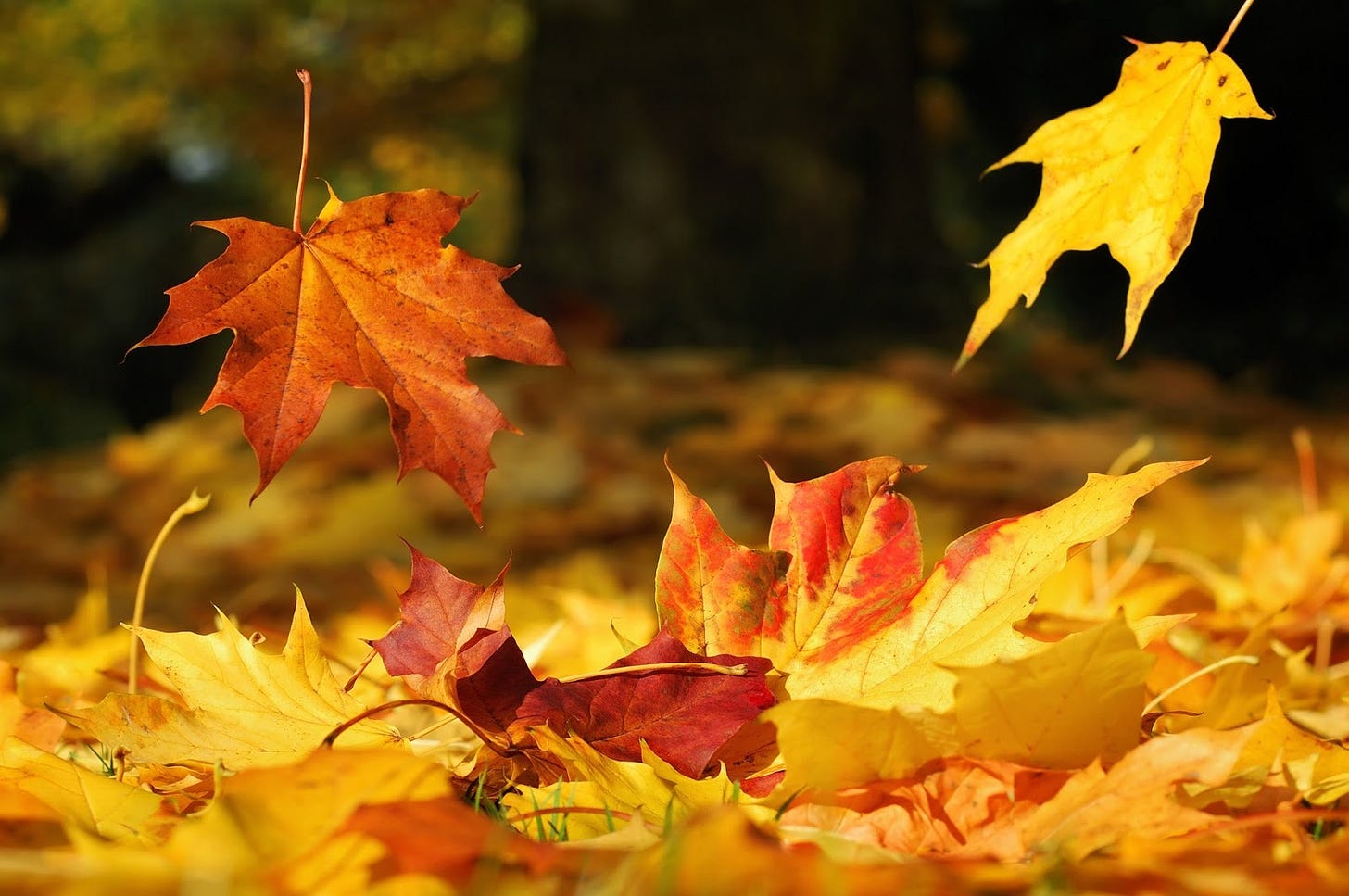As the days become shorter and the autumn winds begin to blow, we enter into Vata season according to the ancient Indian holistic healing system of Ayurveda. In Sanskrit, Ayurveda means “the science of life” (ayus=life, veda=knowledge/science). Ayurveda has been in existence for thousands of years and is regarded as the “mother of healing.” It is thought to be the first organized healing system, with its theories influencing traditional Tibetan, Chinese, and even ancient Greco-Roman healing.
What is Vata?
In Ayurveda, there are five primal elements, or “states of existence”: air, water, fire, earth, and ether (space). Similar to the beliefs found in many ancient cultures around the globe, these five elements make up everything and describe all the possible interactions of matter and energy. Each element is associated with certain qualities. Ayurvedic practitioners believe that when these elements manifest in the body, they are condensed into three metabolic forces, or doshas.
There are three doshas in Ayurveda: Vata, Pitta and Kapha. The Vata dosha is a combination of the air and ether elements. Its qualities include movement, dryness, cold, light (as opposed to heavy), rough, and irregularity. Autumn and early winter weather exhibit the Vata characteristics of cold, dry, and windy. Wind also personifies movement, restlessness and changeability, or irregularity.
Everyone is a mix of the three doshas. A person with a strong Vata constitution tends to exhibit Vata qualities. For example, they may have a thin, light frame, dry skin, like to talk, think, move and speak quickly, have cold hands and feet, be mentally alert, tend to be restless, and like change.
Like increases like
One of the tenets of Ayurveda is “like increases like.” For example, if you have a Vata dosha and tend to be cold and dry, autumn/early winter can exacerbate those qualities in you. Maybe your feet just can’t get warm or your skin feels especially taut or flaky. Perhaps you feel restless and have trouble calming an overactive mind. Everyone can have these experiences, but if you have a predominant Vata dosha, these qualities could be uncomfortably excessive during Vata season. To counter an excess of Vata at this time, you’ll want to balance your system with food and practices that are the opposite: warming and grounding.
Maintaining a balanced system means maintaining good health. Knowing your dosha(s) lets you know how you/your body is susceptible to being out of balance by having “too much” of one dosha. Then you can use diet, herbs and other remedies to bring you back into balance and good health.
Curious about what your personal dosha is? Click here to find out.
Ways to balance the Vata dosha
One of the simplest ways to balance Vata is by eating seasonal foods. Mama Nature knows exactly what we need to thrive and does her part to provide us with food that is grounding and nourishing ~ qualities that help to balance the dry and restless elements of Vata season.
Root vegetables like sweet potatoes, carrots, and beets are abundant as well as “winter squashes” like pumpkin, butternut, acorn, delicata and spaghetti squashes. Likewise, warming spices such as cinnamon, ginger, cloves, and cardamom are ubiquitous this time of year and also (surprise!) help to balance cold Vata. Whether you have a Vata dosha or not, the cool fall is not the time for salads and other “cold” foods and spices as they can increase the cold and dry issues within your system.
Too much Vata energy can lead to feeling spacey, fearful or acting flighty. Gentle, purposeful movement like seated yoga poses and active meditation practices (particularly grounding) help cultivate calm and stability amidst the chaos.
Another nourishing practice is oleation (oil massage), or abhyanga. This self-indulgent self-care practice boasts numerous health benefits. In addition to keeping the skin moisturized in dry air, oleation also adds a layer of protection against the cold, and helps calm the nervous system.
To get the most benefit and maintain a healthy balance leading into the colder Kapha months, enjoy the tastes of the season and use warming, nourishing, and grounding practices.
Originally written Nov 2018; edited Nov 2024.







